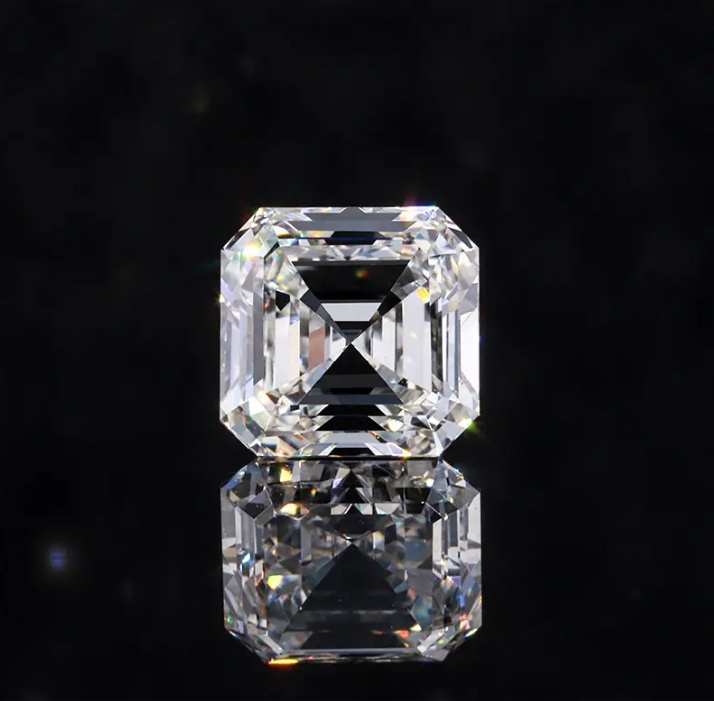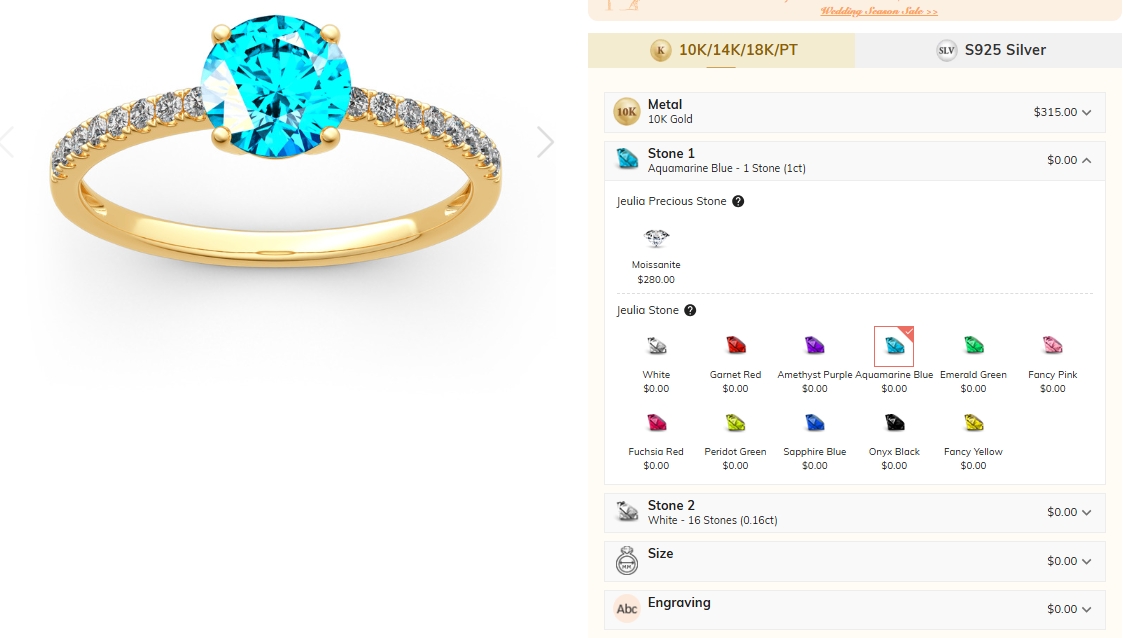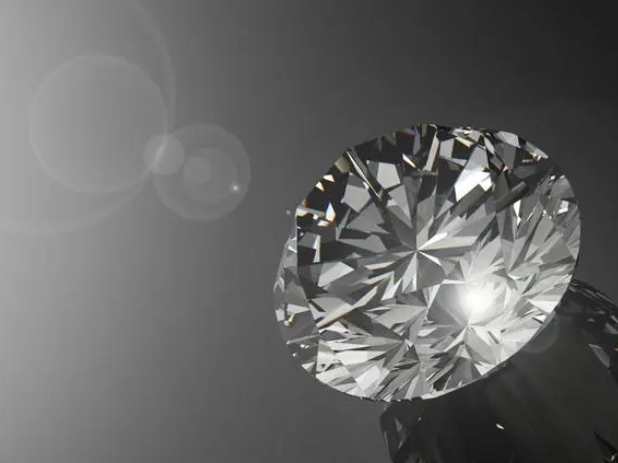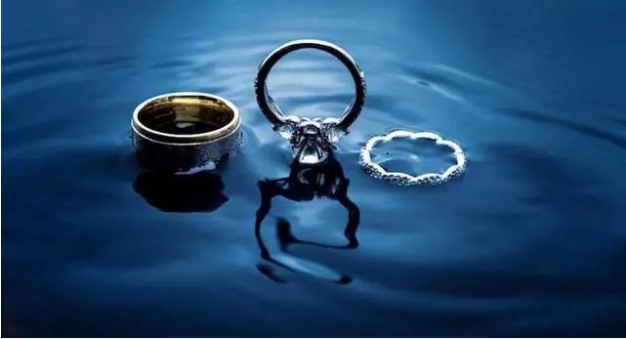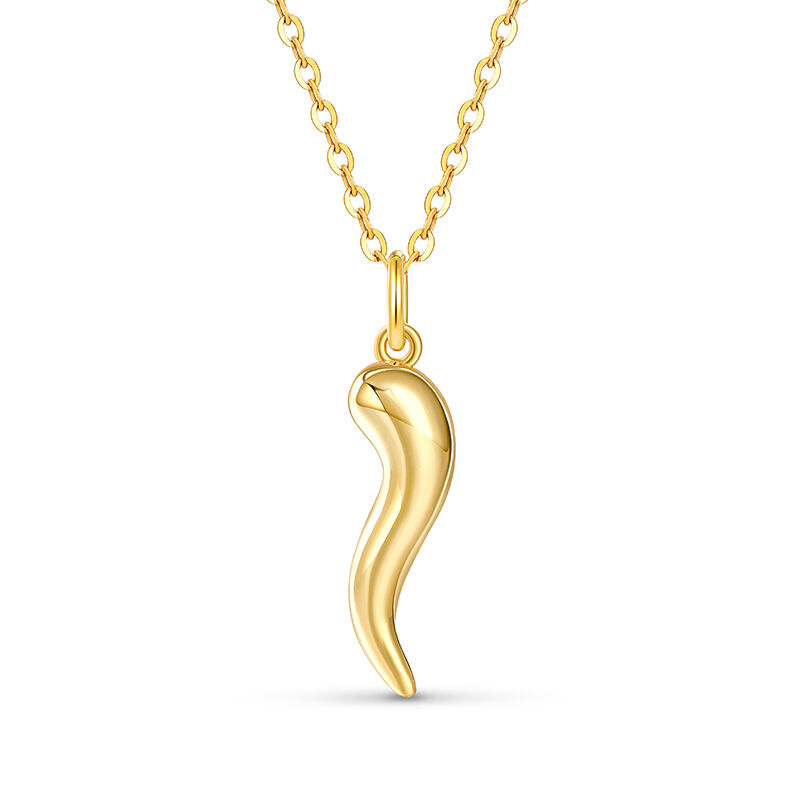Jewelry Knowledge
Jewelry is an art form defined by the harmonious interplay of materials, craftsmanship, and design. Understanding its core components is fundamental to true appreciation.
A piece begins with its materials, which range from precious metals like gold (measured in karats denoting purity) and platinum to a vast array of gemstones, each with its own unique grading based on the “Four Cs” for diamonds (cut, color, clarity, and carat weight) or characteristics like color, clarity, and origin for colored gems.
Beyond the materials themselves, knowledge extends to the various construction methods—such as casting, fabrication, and setting techniques—as well as the distinct historical and cultural styles, from the intricate filigree of Art Nouveau to the geometric boldness of Art Deco. This foundational knowledge empowers one to discern quality, understand value, and connect more deeply with the story and artistry embedded in every piece.
Learn More about key points about jewelry knowledge: types of jewelry, materials, styles, symbolism,care and maintenance, customization.
Remember, jewelry is not just about aesthetics; it can also hold emotional significance and cultural importance.

